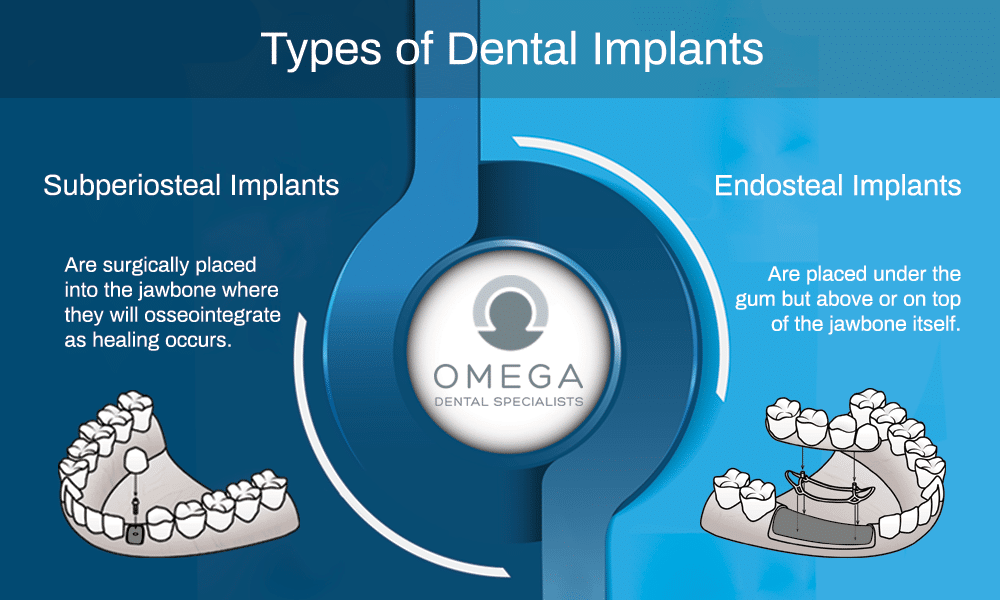The 9-Minute Rule for Dental Sense
Table of ContentsAn Unbiased View of Dental SenseDental Sense Fundamentals ExplainedOur Dental Sense DiariesNot known Facts About Dental Sense
are medical gadgets operatively implanted into the jaw to restore a person's capacity to eat or their look. They give support for synthetic (phony) teeth, such as crowns, bridges, or dentures. When a tooth is lost because of injury or condition, a person can experience problems such as quick bone loss, defective speech, or adjustments to chewing patterns that lead to discomfort.Oral implant systems include an oral implant body and dental implant joint and might also include a joint fixation screw. Dental implant vs bridge. The dental implant body is surgically put in the jawbone instead of the tooth's root. The oral implant joint is usually affixed to the dental implant body by the joint fixation screw and extends via gums right into the mouth to support the connected synthetic teeth
(https://www.domestika.org/en/dentalsense1)Framework of The Dental Implant System picking oral implants, talk with your dental company concerning the prospective advantages and dangers, and whether you are a candidate for the procedure. Things to consider: Your overall health and wellness is a vital variable in establishing whether you are a good prospect for oral implants, the length of time it will certainly take to heal, and the length of time the dental implant may remain in area.
Smoking cigarettes might affect the recovery procedure and lower the lasting success of the dental implant. The recovery procedure for the implant body might take a number of months or longer, during which time you normally have a short-term abutment instead of the tooth. the oral implant procedure: Carefully comply with the oral health directions offered to you by your dental company.
The Greatest Guide To Dental Sense
Implant failure can result in the requirement for an additional procedure to repair or change the dental implant system. Brings back the capacity to chew Restores cosmetic appearance Helps keep the jawbone from diminishing as a result of bone loss Maintains the health of the bordering bone and gums Aids maintain nearby (nearby) teeth stable Boosts lifestyle Damage to bordering natural teeth throughout dental implant positioning Injury to the surrounding tissues throughout surgical procedure, such as sinus perforation Injury during surgical procedure (for instance, crack of bordering jawbone) Poor function, such as feeling like the teeth do not bite together normally A feeling that the tooth is loose or turning in location resulting from a joint screw loosening up Implant body failure (looseness of the dental implant body) due to systemic infection, which may be more probable in clients with unrestrained diabetes mellitus because of neighborhood infection in bone and gum tissues sustaining the implant body due to postponed recovery, which might be most likely in individuals who smoke Trouble cleansing the gums around the dental implant, resulting in inadequate oral hygiene Untreated periodontal condition Post-surgical pins and needles due to nerve impingement or damages Always alert healthcare service providers and imaging professionals that you have dental implants before any magnetic resonance imaging (MRI) or x-ray procedures.
FDA is not familiar with any kind of unfavorable events reported for MRI or x-ray treatments with oral implants. Dental implants systems are typically made of materials that adhere to global consensus standards of the International Company for Standardization (ISO) or ASTM International. These standards have details of what makes a secure product.

A dental implant is a framework that replaces a missing tooth. With screw-like gadgets, the cosmetic surgeon inserts an implant right into the jawbone, and it acts as an anchor for a man-made tooth, called a crown. A device called a joint attaches the artificial tooth to the dental implant. The crown is customized to fit the individual's mouth and match the color of their teeth.
The 7-Minute Rule for Dental Sense
Some individuals are not qualified for dental implant surgical treatment. It is for oral specialists to operate on individuals with: intense illnessuncontrollable metabolic diseasebone or soft tissue illness or infectionIf these concerns are settled, an individual can have the surgery. In, oral cosmetic surgeons avoid from running on individuals with: If people with any of the above undertake dental implant surgical procedure, there is a higher threat of the implant falling short.

Oral dental implant surgical procedure is a tailored procedure. Provide you time to recover. Affix the blog post and final crown, bridge or denture.
Next, your surgeon will carefully put the dental implant right into your jaw. Your doctor will rearrange your periodontals and close the incision with stitches. If your dental implant is near the front of your mouth, your dental expert will certainly make a temporary tooth for you to put on up until you heal. In this way, you won't have a void in your smile while you recuperate.
Not known Factual Statements About Dental Sense
During the healing stage, your jawbone needs to fuse to the oral implant. This process can take anywhere from three to 9 months.
As soon as your dental implant heals, your dental my site professional can attach the abutment (little adapter post) and your last remediation (crown, bridge or denture). This usually takes concerning one hour to complete and might require a second small surgical treatment. You shouldn't really feel any kind of discomfort during your oral implant procedure due to the fact that your provider will certainly make use of medication to numb your periodontals.